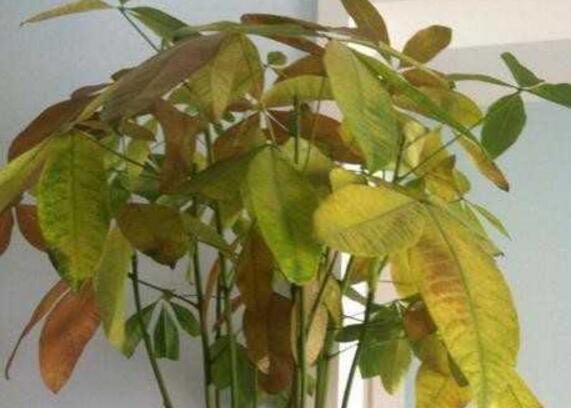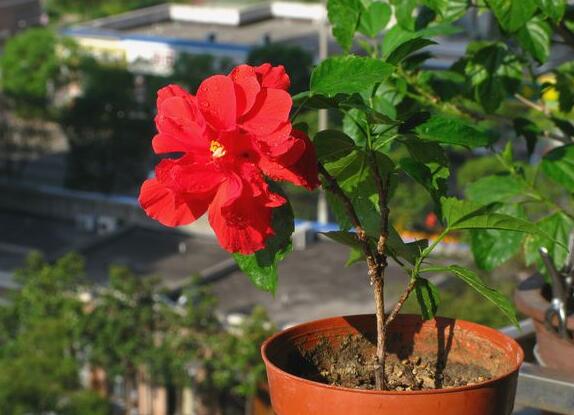How to breed, how to breed/sow/cuttings
Scutellaria barbata is a common plant in people's life, which originated in South America and then introduced to China. Scutellaria barbata how to reproduce, in fact, can be divided into sowing reproduction, cutting propagation two, as long as the method is right, the survival rate is still relatively high. If you want to know the breeding method of Scutellaria barbata, you can look down with the editor.
1. How to propagate / sow / cut Scutellaria barbata
The propagation methods of Scutellaria barbata can be divided into two kinds: sowing and cutting, and the two propagation methods are also very different. However, as long as the method is right, the survival rate of the two methods of reproduction is very high, the method of collective reproduction in the following, we will move on.
2. Propagation methods of Scutellaria barbata
Sowing and reproduction
1. Sowing time
When sowing and breeding Scutellaria barbata, it is best to choose the two seasons of spring and summer, because the climate of these two seasons is more suitable for Scutellaria barbata, which is very beneficial to its growth, and it can sprout in 5-7 days in these two seasons.
two。 Sowing method
Scutellaria barbata prefers a warm climate, so when choosing soil, it is best to choose soil that is more drought-tolerant. Scutellaria barbata seeds are relatively small, so you can choose to mix them with fine sand when sowing, and the proportion is 5:1.
Cuttage propagation
1. Container selection
In the cuttage propagation of Scutellaria barbata, we should choose a container that can seep water at the bottom, which will be more conducive to its growth. We can generally choose the cutting time between May and August of each year, because the environment is suitable, so it will greatly increase the survival rate of Scutellaria barbata.
two。 Cutting method
When cutting, be sure to wet the basin soil in advance, because the cuttings of Scutellaria barbata are relatively delicate, and the flowers whose soil is too dry are easy to cause damage. Do not insert the cuttings deeper than 2cm. No, it will be more conducive to its growth. After the cuttage is finished, it can survive in 10-15 days.
In fact, the breeding method of Scutellaria barbata is relatively simple, as long as we pay attention to the above points, basically can be successful. Having said so much, I believe we all have a certain understanding of the breeding methods of Scutellaria barbata, and now it is a good season for cutting, so we can take action.
Sowing and Cuttage Propagation of Scutellaria barbata
Scutellaria barbata, also known as dragon beard peony, sunflower, etc., because the flower color is various, and the florescence is long, so its ornamental value is relatively high. Now, Scutellaria barbata is often propagated by sowing and cutting, so how should it be operated?
Scutellaria barbata
1. Sowing: the temperature of seed germination is above 20 °, usually sowing in the first ten days of April. Can be sowed in the open field seedbed, or direct broadcast in the basin. As the seeds are extremely small and bright when sprouting, it is appropriate to cover with thin soil or not after sowing. The suitable temperature for germination is 2124 ℃, and it can germinate about 7 days after sowing. When the soil temperature is about 21 °in the day and 16 °at night, the seed germinates faster and emerges neatly, but the initial growth is very slow. It takes two and a half months for the live broadcast to blossom. The seed has strong vitality and can sprout for 3 ~ 4 years. There is a strong self-sowing ability, once planted, as long as the basin soil is kept moist, new seedlings will grow every spring.
2. Cuttage: it is usually used for the propagation of double petal varieties. Often carried out in summer, cut sturdy branches to do cuttings, cuttings 5-6 cm long, inserted into the seedbed or directly inserted into the basin, 3-5 per pot. Cuttings in the open field should be protected from the rain, otherwise the cuttings will rot easily. Generally, it can take root 10-12 days after insertion, it is easy to survive, and can blossom immediately after survival.
Breeding methods and management of Scutellaria barbata
Scutellaria barbata is also called sunflower, because the flowers of Scutellaria barbata bloom when there is plenty of sunshine, and they are closed when the light is weak in cloudy days, evening and early morning. Because the flower shape of Scutellaria barbata is like peony and its leaves are like pine needles, there is another name for dragon beard peony or pine leaf peony.
Scutellaria barbata
Scutellaria barbata is usually propagated by sowing or cutting, sowing indoors in the sun in March or live in the courtyard in April. The suitable temperature for seed germination is 20ml 25 degrees, which can germinate in about one week. After the seedlings come out, the seedlings can blossom in about two months after a little inter-seedling or transplanting, and the young stems can be removed during the growing period, which can take root easily and blossom quickly; it is very easy to restore growth after transplanting, so large seedlings can also be transplanted with bare roots. The main florescence is from July to September, and the small capsule is mature from August to October. The peel-like cap-shaped fruit split horizontally when ripe, followed by tiny silver-gray seeds. Some Corolla has fallen off, when the top cover of the capsule is straw yellow, it has also matured; we should pay attention to timely harvest.
Scutellaria barbata is a cross-pollinated plant, sowing and reproduction is difficult to maintain the purity of one or two seed pairs, attention should be paid to the elimination of single-petal and floret plants.
The family is more in the windowsill, balcony with shallow pot planting, cultivate into a meticulous and exquisite small potted flowers.
- Prev

What if the leaves of the wealth tree turn yellow and fall? reasonable watering and fertilization / spraying of diseases and insect pests
Wealth tree, a common indoor potted plant, is deeply loved by flower friends because of its beautiful plant shape, emerald green leaves and beautiful meaning. However, indoor farming is not as good as wild growth, because of conservation and other problems, wealth trees often have a variety of problems, such as yellowing leaves, falling and so on. that
- Next

How to reproduce hibiscus flowers, hibiscus flower cutting method/operation simple survival rate 100%
Hibiscus flower, an ornamental plant, it not only flowers big, but also red color, very likable, many flower friends potted at home. However, a pot of hibiscus flowers is too monotonous, it is time to breed a few pots together to raise, then how to breed hibiscus flowers? According to inquiries, there are two main ways to reproduce hibiscus flowers.
Related
- Fuxing push coffee new agricultural production and marketing class: lack of small-scale processing plants
- Jujube rice field leisure farm deep ploughing Yilan for five years to create a space for organic food and play
- Nongyu Farm-A trial of organic papaya for brave women with advanced technology
- Four points for attention in the prevention and control of diseases and insect pests of edible fungi
- How to add nutrient solution to Edible Fungi
- Is there any good way to control edible fungus mites?
- Open Inoculation Technology of Edible Fungi
- Is there any clever way to use fertilizer for edible fungus in winter?
- What agents are used to kill the pathogens of edible fungi in the mushroom shed?
- Rapid drying of Edible Fungi

